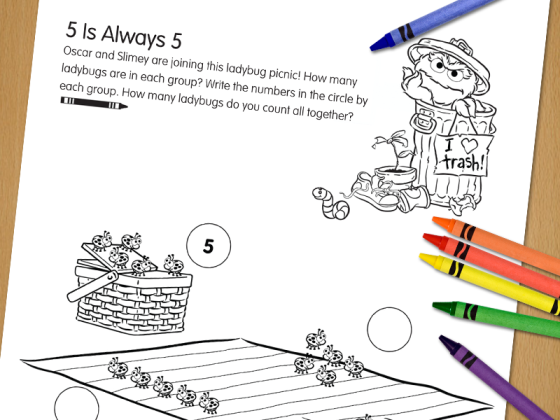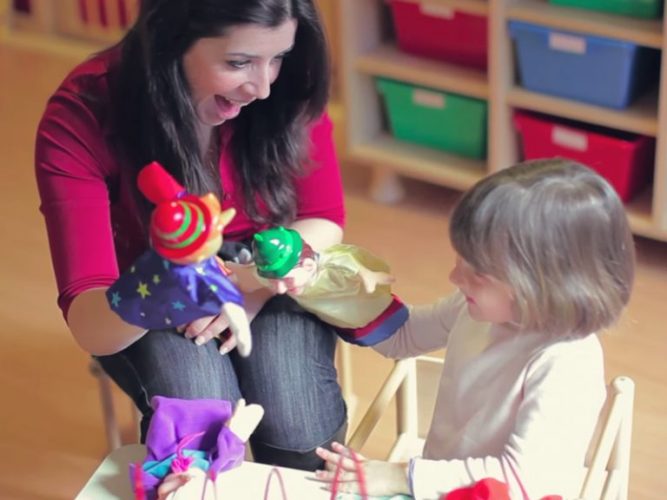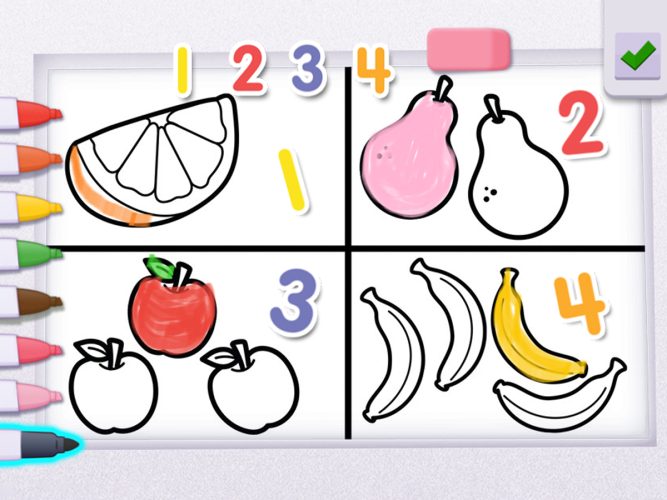
Five Is Always Five!
Count the ladybugs and then keep practicing with everyday objects.
- Print the page and help kids count the ladybugs in each group. Younger children can cross out each ladybug (or color it in) when they count it, to help them keep track.
- Explain that “five is always five.” No matter how the ladybugs are arranged (in one line, in two rows, or jumbled up in a circle), there are 5 in each group.
- Challenge older kids to count all of the ladybugs in the picture. Ask, “How many ladybugs are there all together?”
- Next, use small objects (blocks, small toys, or plastic spoons) to practice some more. Lay the objects out in several groups of five and ask kids to count each group.
- With younger kids, focus on one group of five. Rearrange the objects in different ways (in a line, in a circle or spread out), and ask kids to count them. Encourage kids to touch each object as they count it. In time, they will begin to understand that rearranging the items does not change how many there are.
- With older kids, focus on two or three groups of five. First, ask kids how many objects there are all together. Then, begin to rearrange the groups, adding one object from one group to another. Ask, “How many marbles are in this group? What about this group? How many marbles are there altogether?”

The Language of Math
Help children understand the world through "math talk."

Make Believe With Math
You can create math moments in young children's lives, especially during pretend play.

Playing With Numbers
An interactive game to build the basic skill of number recognition.

Making Math Time Anytime!
Tips to highlight math in everyday life.

How Kids Make Sense of Numbers
Learn about five important "number sense" skills.

Bedtime Math
Enjoy math at bedtime with these finger plays and activities.

Math is Everywhere
Sesame Street curriculum expert, Autumn Zitani, M.A., explores strategies to support children's math learning every day.
